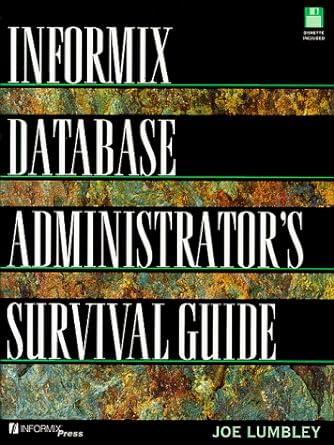
+ VR(t)- Vi(t) Figure 1. RL circuit Simulink-Matlab: use Simulink to Construct the circuit of Figure 1, using R 100 Ohms and L 1mH Use your oscilloscope to measure both VIN (t) and R(t) In order to measure the frequency response (amplitude and phase) of your circuit, use the function generator to apply sinusoidal inputs to the circuit. Apply inputs for at least the following frequencies: fc/10, fc/8, fc/4, fc/2, fc, 2*fc, 4*fc, 8fc, and 10*fc (fc is cutoff frequency determined from pre-analysis) For each frequency, record the frequency, the input voltage amplitude, the output voltage amplitude and the time difference between the input and output sinusoids. Provide the data in form of a table in your report. Repeat the same procedure shown in b for measuring vL(t). (In this case, the inductor voltage, VL(t)is our output.) Again, for each of the frequencies listed in part (b), record the frequency, the input voltage amplitude, the output voltage amplitude, and the time difference between the input and output sinusoids. Provide the data in form of a table in your report. Use Excel to plot the frequency response for the case that vR(t) is the output, and plot both magnitude and phase vs. frequency. Use a range of frequencies fc/10 to 10*fc Include the plot in your report. Does the circuit behave as a high-pass or low-pass filter when the output is the resistor voltage? Use Excel to plot the frequency response for the case that v(t) is the output, and plot both magnitude and phase vs. frequency. Use a range of frequencies fc/10 to 10*fc. Include the plot in your report. Does the circuit behave as a high-pass or low-pass filter when the output is the inductor voltage? + VR(t)- Vi(t) Figure 1. RL circuit Simulink-Matlab: use Simulink to Construct the circuit of Figure 1, using R 100 Ohms and L 1mH Use your oscilloscope to measure both VIN (t) and R(t) In order to measure the frequency response (amplitude and phase) of your circuit, use the function generator to apply sinusoidal inputs to the circuit. Apply inputs for at least the following frequencies: fc/10, fc/8, fc/4, fc/2, fc, 2*fc, 4*fc, 8fc, and 10*fc (fc is cutoff frequency determined from pre-analysis) For each frequency, record the frequency, the input voltage amplitude, the output voltage amplitude and the time difference between the input and output sinusoids. Provide the data in form of a table in your report. Repeat the same procedure shown in b for measuring vL(t). (In this case, the inductor voltage, VL(t)is our output.) Again, for each of the frequencies listed in part (b), record the frequency, the input voltage amplitude, the output voltage amplitude, and the time difference between the input and output sinusoids. Provide the data in form of a table in your report. Use Excel to plot the frequency response for the case that vR(t) is the output, and plot both magnitude and phase vs. frequency. Use a range of frequencies fc/10 to 10*fc Include the plot in your report. Does the circuit behave as a high-pass or low-pass filter when the output is the resistor voltage? Use Excel to plot the frequency response for the case that v(t) is the output, and plot both magnitude and phase vs. frequency. Use a range of frequencies fc/10 to 10*fc. Include the plot in your report. Does the circuit behave as a high-pass or low-pass filter when the output is the inductor voltage







